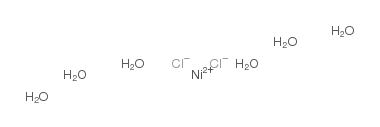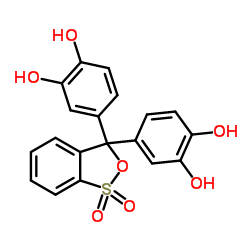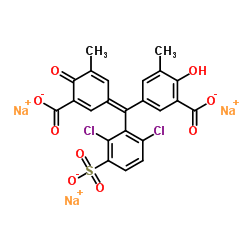| Structure | Name/CAS No. | Articles |
|---|---|---|
 |
Nickel(II) chloride hexahydrate
CAS:7791-20-0 |
|
 |
HEPES
CAS:7365-45-9 |
|
 |
PYROCATECHOLSULFONEPHTHALEIN
CAS:115-41-3 |
|
 |
Alberon
CAS:1667-99-8 |